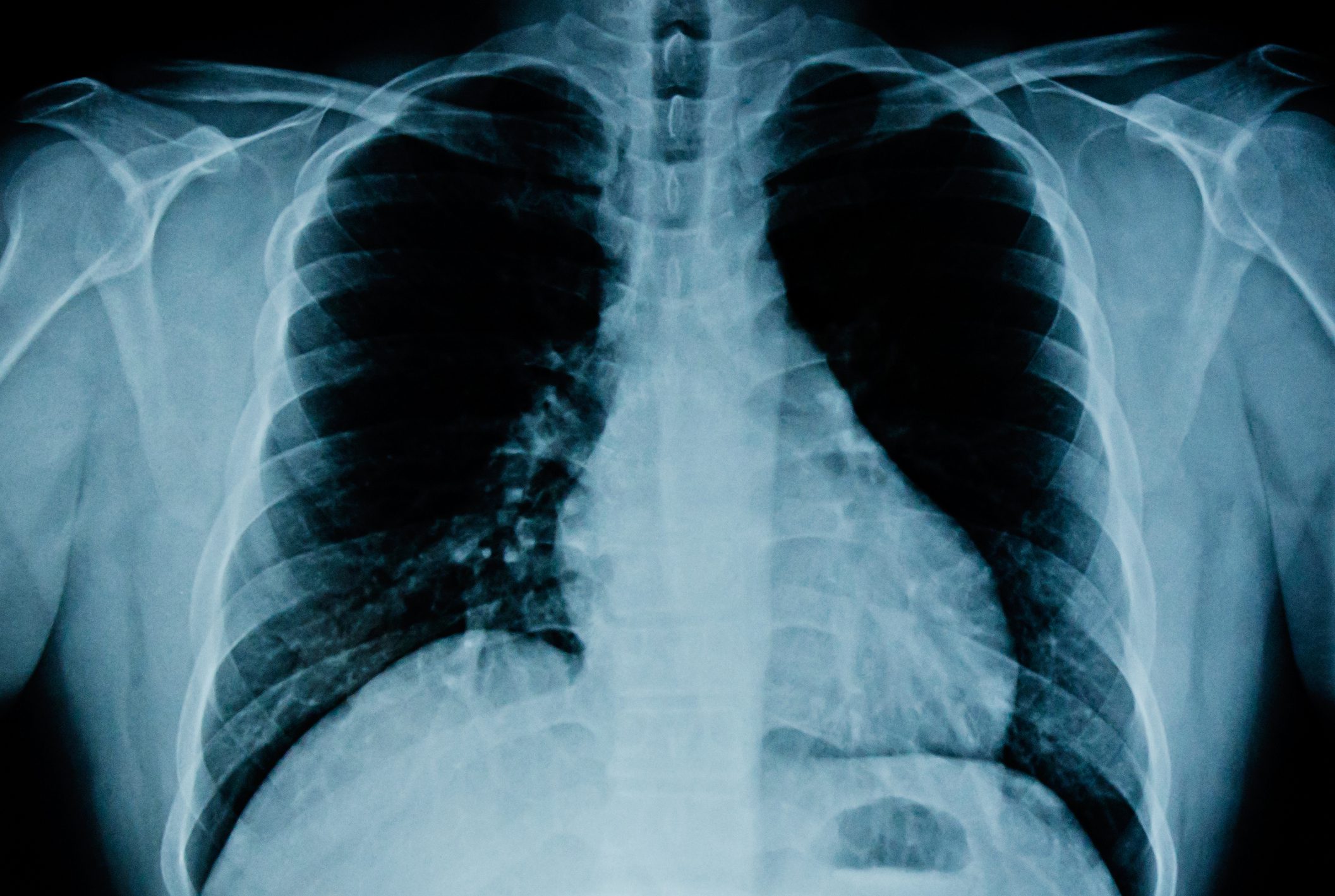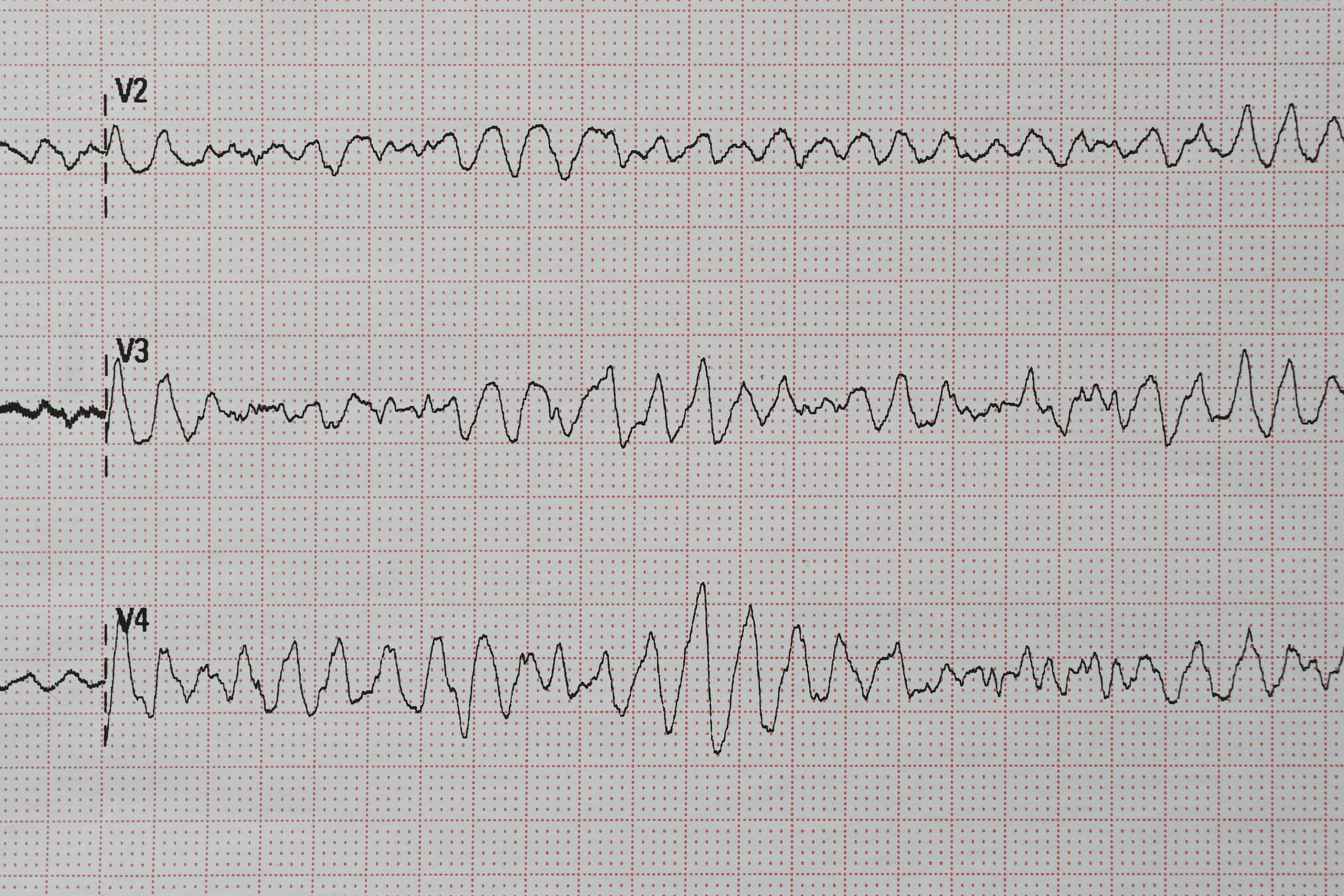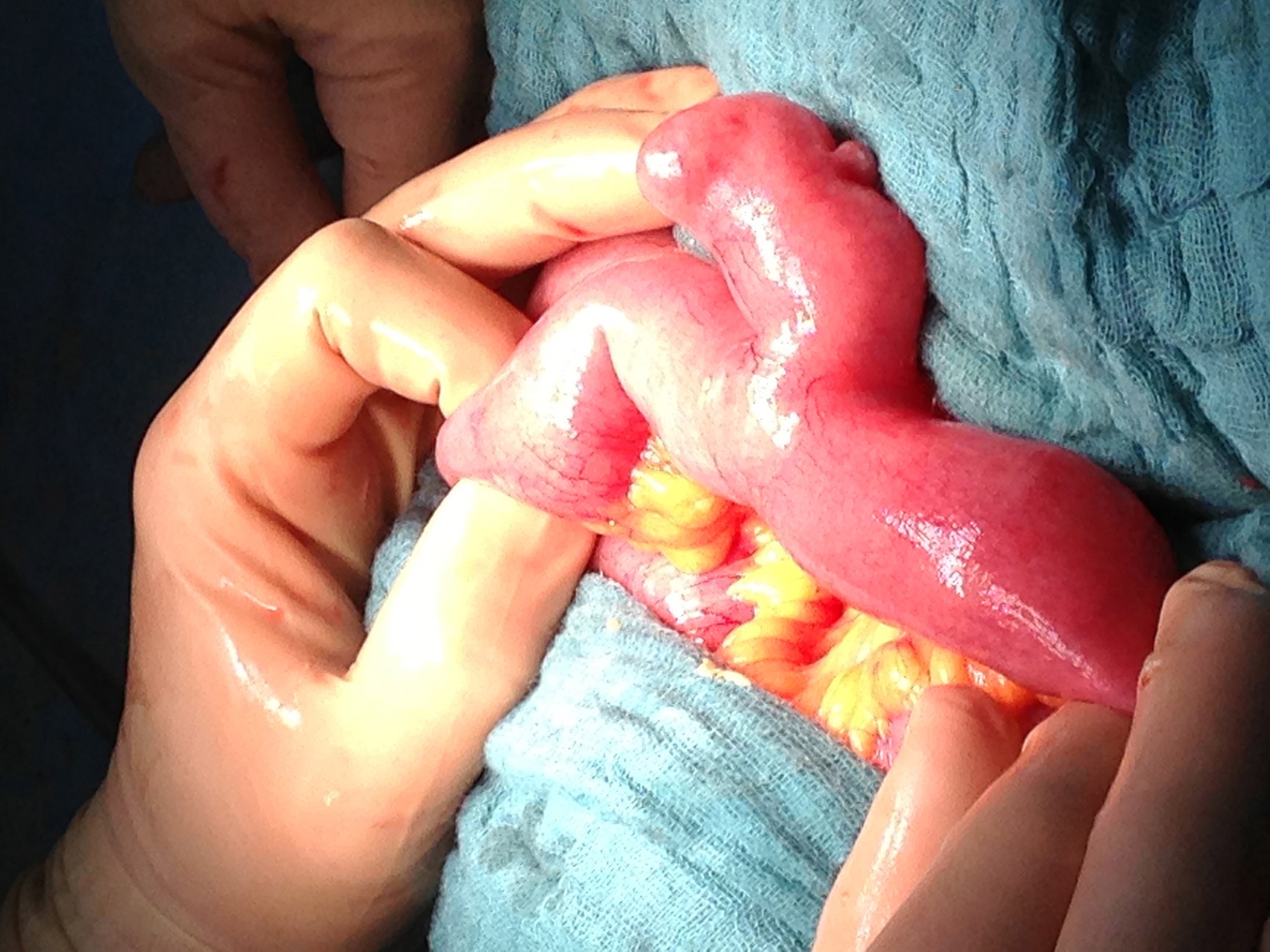There are various reasons why patients with chronic lung diseases experience renewed exacerbations and associated rehospitalizations after discharge from hospital. The most vulnerable patient groups are those with comorbidities such as diabetes or cardiovascular disease. At system level, shortcomings in the transition to the outpatient setting and economic disincentives due to flat rates per case are some of the reasons. Measures that can help to reduce the risk of re-hospitalization include outpatient or inpatient rehabilitation for COPD and asthma patients.
Autoren
- Mirjam Peter, M.Sc.
Publikation
- HAUSARZT PRAXIS
Related Topics
You May Also Like
- Early detection of type 1 diabetes
Detection of insulin autoantibodies as an early marker
- Type 2 diabetes
Smoking causes more than double the risk
- From symptom to diagnosis
Abdominal pain – Colitis
- Pathophysiology, cardiovascular consequences and metabolic interventions
Obesity accelerates cardiovascular ageing
- CKD: counteracting kidney progression and reducing the risk of CVD
Targeted intervention through a multifactorial approach
- COPD therapy
Drug therapy – Update 2025
- Atrial fibrillation: interdisciplinary effort is crucial
Managing risk factors and comorbidities in addition to rhythm control
- Casuistry











